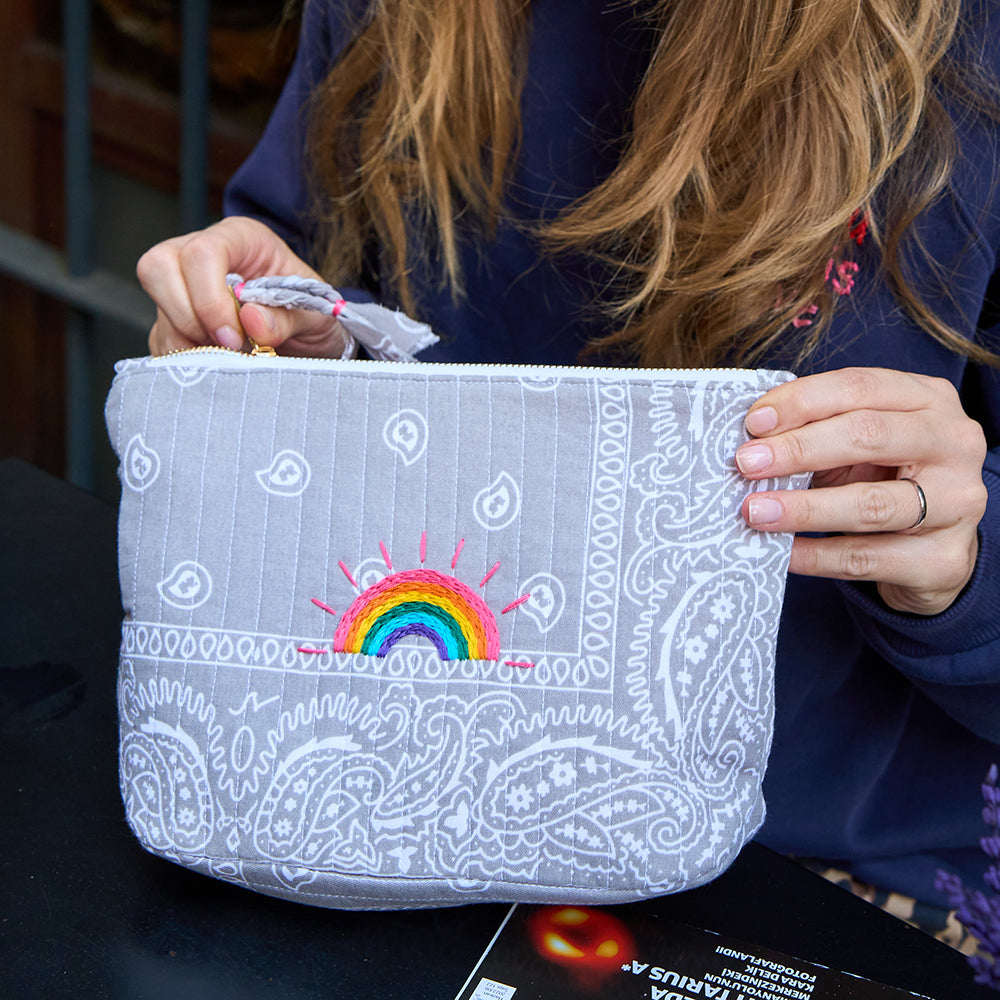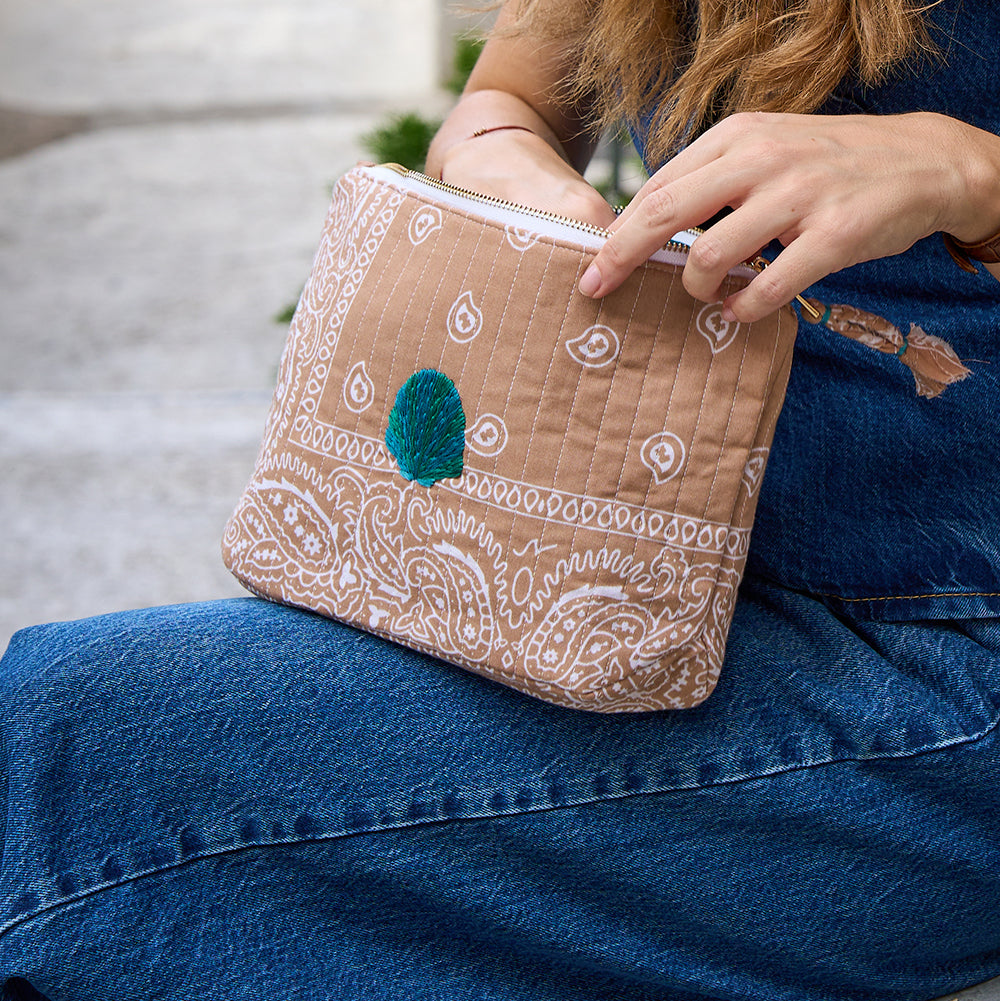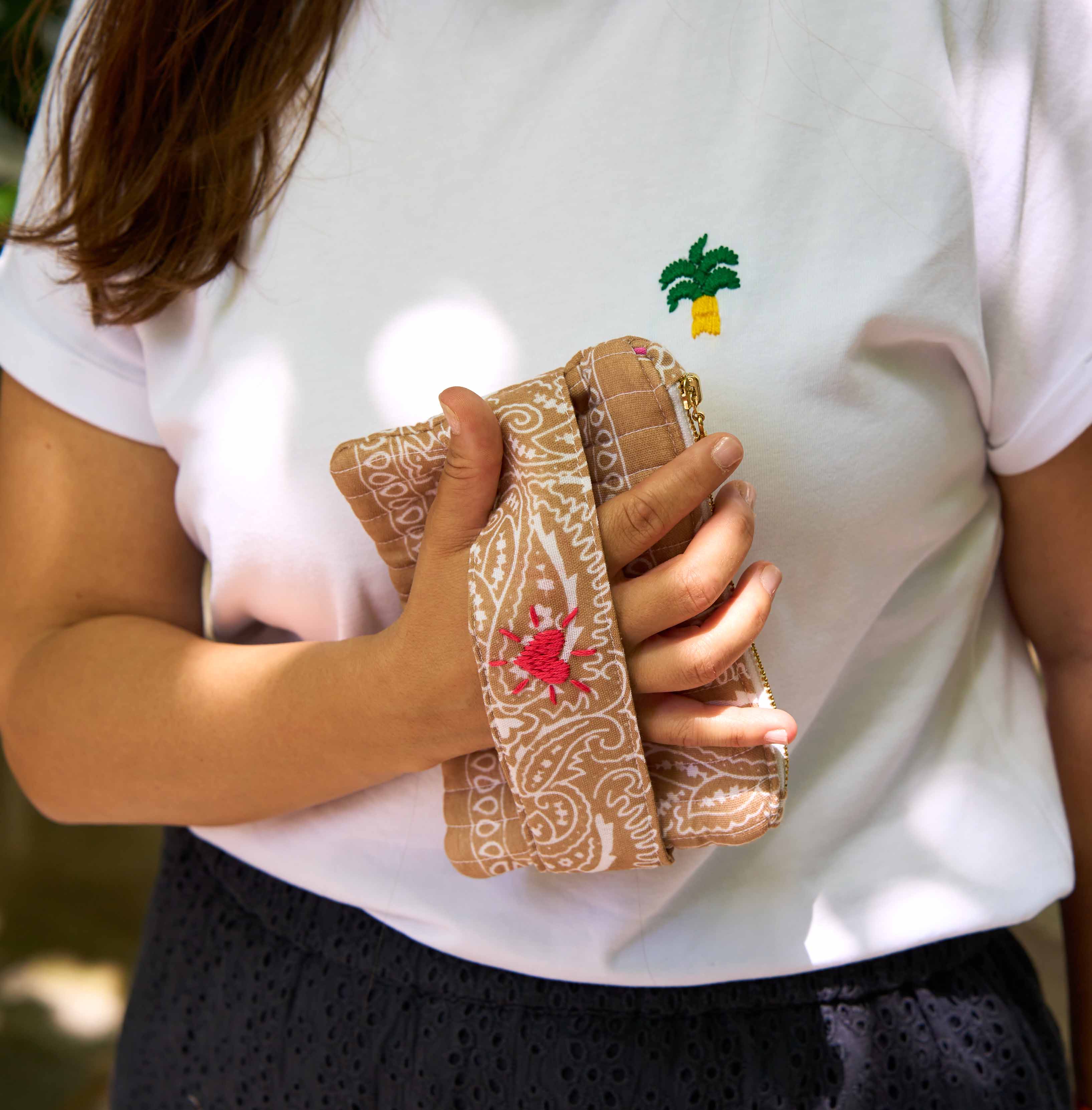Hello everyone, today's city of Mikos Store Blog is Florence. Florence is a city located in the heart of the Tuscany region of Italy and is considered the cradle of art and architecture. This historical city, which is the birthplace of the Renaissance, is famous for hosting the works of artists such as Michelangelo and Leonardo da Vinci. Spread over both banks of the Arno River, Florence makes its visitors feel like they are walking in an open-air museum with its unique architectural structures, narrow streets and lively squares, which are on the UNESCO World Heritage List.
Florence also has galleries and museums that house some of the world’s most important art collections. The Uffizi Gallery, Pitti Palace and Accademia Gallery are the main venues displaying the city’s art treasures. Florence’s rich history offers visitors a dazzling experience, with sculptures, frescoes and artworks visible around every corner.
In addition to its cultural riches, Florence also opens its doors to the magnificent Tuscan landscapes. The city attracts gastronomy enthusiasts with its restaurants serving the most delicious examples of Italian cuisine, traditional cafes and lively markets.
Florence is a city that attracts many visitors from around the world with its historical and cultural heritage, art and flavors. Every year, millions of art lovers, history enthusiasts and travel enthusiasts flock to this city to discover its enchanting beauties.
How to Get to Florence?
Florence is located in the center of Italy and is easily accessible from all over the world. The city can be reached by several different methods: air, road and rail.
Transportation by Air
Florence's main airport, Amerigo Vespucci Airport (FLR), is about 4 kilometres from the city centre. There are direct flights from many major European cities, and international visitors often fly to a major European city and then transfer to Florence. Taxis, buses and private transfers are available to get from the airport to the city centre.

Transportation by Road
Florence is located on the A1 motorway, which connects the north and south of Italy. It is therefore easily accessible by car or bus from other major cities in Italy. Local and intercity buses depart from the bus terminal, located near Santa Maria Novella train station, Florence's main bus station.
Transportation by Rail
Florence is located on one of Italy's most important railway lines. Santa Maria Novella Train Station is the city's main train station, and you can reach Florence from many cities in Italy by high-speed and regional trains. There are regular services from major cities such as Rome, Milan, Venice and Pisa.

Getting to Florence is easy thanks to its modern and well-organized transportation network. Researching and planning your transportation options before arriving in the city will make your trip more enjoyable.
When to Go to Florence?
Florence is an attractive destination for art, history and culture enthusiasts throughout the year, but the best times to visit the city are spring (March-April-May) and autumn (September-October-November). These periods offer the most suitable conditions for visitors in terms of both Florence's climate and tourist density.
Spring Months
Spring is a time when Florence’s natural beauty comes to life, with the city’s parks and gardens adorned with flowers. The weather is mild and sunny, perfect for outdoor activities and exploring the city on foot. In addition, the tourist crowds are less than in the summer months, allowing for a more relaxed visit to museums and art galleries.
Summer Months
Summer is the hottest season in Florence, and the city sees a large influx of tourists, especially in July and August. During this time, temperatures can be quite high, so it’s important to cool off and spend time in the shade, especially in the afternoon. Summer is also a popular time to explore Florence and the surrounding Tuscan countryside.
Autumn Months
Autumn is another ideal time to visit Florence. The weather begins to cool and the city takes on a calmer atmosphere after the crowds of summer. This season is also great for visiting Tuscany’s vineyards and olive groves, as well as art exhibitions and cultural events. Autumn is also the season for wine and olive oil harvests, so you’ll have the opportunity to attend the region’s gastronomic festivals.
When deciding when to visit Florence, it is important to consider factors such as the city's climate, tourist density, and your personal interests. Each season offers unique opportunities to explore different aspects of Florence.
How Long to Stay in Florence?
Florence is a city filled with world-class art and architecture, so the time spent here will depend entirely on the visitor's interests and pace of exploration. However, to comfortably visit and enjoy the main attractions of Florence, a time of 3 to 5 days is generally recommended.
Short Visits (1-2 Days)
If you are short on time and want to explore Florence quickly, you can visit the city's most famous attractions in 1 or 2 days. During this time, you can see the main points such as the Uffizi Gallery, the Duomo (Florence Cathedral), Ponte Vecchio and Piazza della Signoria. However, it will not be possible to experience all the richness of the city in such a short time.
Ideal Visit Duration (3-5 Days)
To explore Florence in more depth and explore its art, museums and historical sites, a period of 3 to 5 days is ideal. During this time, you can visit the main tourist attractions as well as lesser-known places such as the Boboli Gardens, Pitti Palace and San Lorenzo Market. You can also plan a day trip to the magnificent Tuscan countryside and explore the beauties outside the city.
Long Visits (1 Week or More)
If you have more time to explore Florence and its surroundings in depth, consider spending a week or longer, which will allow you to take day trips to other important Tuscan cities, such as Siena, Pisa, and Lucca, as well as Florence. A longer visit will allow you to connect more deeply with Tuscany’s rich cultural heritage, delicious cuisine, and breathtaking natural landscapes.
The amount of time spent in Florence will vary depending on the visitor's interests and desire to explore, but to truly experience all that the city has to offer, it's best to spend as much time as possible.
Transportation in Florence
Florence is an ideal city to explore on foot, with much of its historic centre open to pedestrian traffic and the main attractions close together. However, there are a number of transport options available to get to further afield within the city or its surroundings.
Walk
The historic centre of Florence is perfect for walking, with its narrow streets, magnificent squares and paths along the Arno River. Most of the main tourist attractions are within walking distance of each other. By walking, you can experience the atmosphere of the city more closely and discover unexpected beauties.
Bicycle
Florence is also suitable for cycling. There are many places in the city that offer bike rental services and there are bike paths in some areas. By bike, it is possible to explore places that are harder to reach by walking and to reach the beauties outside the city.
Public Transport
In Florence, public transport is provided by buses. Bus lines operated by ATAF and LI-NEA provide wide access to different parts of the city and surrounding settlements. Tickets can be purchased from newsagents, ticket machines on buses and some vending machines. In Florence, there are also tourist tickets available for single use, daily or weekly passes.
Taxi
Taking a taxi in Florence is a convenient option, especially late at night or for those with a lot of luggage. Taxis can be found at taxi ranks or by calling. Be aware that short distances in the city centre can be costly.
Car rental
For those wishing to explore the Tuscany region around Florence, renting a car is a flexible option. However, driving in the city centre is not recommended due to traffic restrictions (ZTL - Zona a Traffico Limitato) and limited parking for drivers in the city centre.
Florence, thanks to its compact structure, offers visitors the opportunity to explore the city and its surroundings by offering different transportation options. In order to experience all the beauties of the city comfortably, it is useful to research the transportation options and restrictions in advance.
Places to Visit in Florence
Florence, as the heart of Renaissance art and architecture, offers visitors a unique cultural and aesthetic experience. The city is filled with world-famous works of art, impressive historical buildings, and magnificent squares. Here are some of the must-see places in Florence:
Uffizi Gallery
One of the world's most important art museums, the Uffizi Gallery houses some of the most famous works of art from the Renaissance, including Botticelli's "The Birth of Venus" and works by Da Vinci.

Duomo - Cathedral of Santa Maria del Fiore
This magnificent cathedral, a symbol of Florence, is famous for its huge dome designed by Brunelleschi. The cathedral complex also includes the baptistery and Giotto's bell tower.

Ponte Vecchio
This historic bridge over the Arno River is famous for its colorful shops and jewelers, and is a popular meeting point for Florentines and tourists alike.

Palazzo Vecchio and Piazza della Signoria
The Palazzo Vecchio, the administrative center of Florence, is located next to the Piazza della Signoria, the city's most important public square. The square is decorated with works of art, including a copy of Michelangelo's David and the Fountain of Neptune.

Pitti Palace and Boboli Gardens
This grand palace was once the home of the Medici family and now houses several museums. Behind the palace, the extensive Boboli Gardens are open to visitors, with statues, fountains and scenic walkways.

San Lorenzo Market
San Lorenzo, Florence's largest indoor market, is filled with shops selling fresh produce, local foods and handicrafts. Outside the market are stalls selling leather goods and souvenirs.

Church of Santa Croce
This magnificent church is known for housing the tombs of famous Italians such as Michelangelo, Galileo, and Machiavelli, and it also displays impressive works of art both inside and outside the church.

Florence is a city filled with art and history at every step. These places are just the starting point to discover the rich cultural heritage and aesthetic beauty of Florence. Every corner of this city tells a different story, providing visitors with unforgettable moments.
What to Eat in Florence?
Florence is at the heart of the rich Tuscan cuisine and is famous for its delicious food. This cuisine, which emphasizes local ingredients and simple cooking techniques, offers visitors unforgettable taste experiences. Here are some local delicacies you should try in Florence:
Bistecca on Fiorentina
This thick cut of beef steak, which has become a symbol of Tuscany, is grilled to a crispy exterior and pink interior. Traditionally cooked over a wood fire, this delicious meat dish is usually served with a local red wine.

Ribollita
This thick vegetable soup is a traditional dish of the Tuscan region. Once considered a 'poor man's food', ribollita has now become one of Florence's favourites. It contains beans, cabbage, onions and other vegetables, as well as stale bread.

Pappa al Pomodoro
This simple but delicious dish is made with stale bread moistened with tomatoes, garlic, basil and olive oil. Pappa al pomodoro is especially popular in the summer months when fresh tomatoes are plentiful.

Cantucci and Vin Santo
Another delicacy you must try during your visit to Florence is the combination of cantucci biscuits and vin santo wine. These crispy biscuits with roasted almonds are eaten dipped in the sweet wine vin santo.

Gelato
Gelato, Italy’s famous ice cream, is available in many different flavors in Florence. Made with fresh and natural ingredients, gelato is served at local gelaterias and is a great way to cool down on hot days in the city.

Florentine cuisine delights visitors with its delicious dishes and rich gastronomic tradition. Trying local cuisine in the city's historic squares, narrow streets and lively markets will help you get to know the culture and lifestyle of Florence better.
We hope you have a wonderful Florence holiday after reading this article. If you haven't read our Italy Travel Guide article yet, we recommend it.







